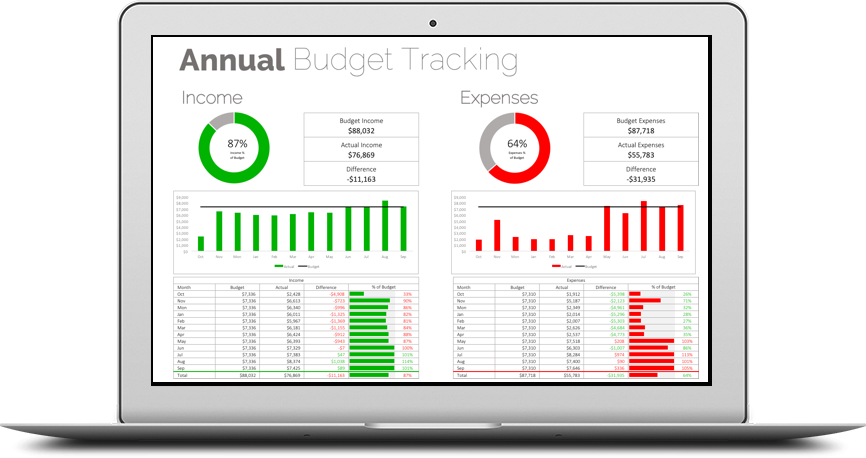How Do I Make Mortgage Payments?
Getting a mortgage for the first time can lead to all kinds of questions… one of those questions might be “how to do repay my mortgage?” or maybe you’re wondering “how do I make mortgage payments?”.
As a first-time home buyer you probably have no experience with mortgage payments, and you probably have a few questions. Sure, maybe you overheard your parents talk about their mortgage, or maybe you have a few friends with mortgage payments already, but if you’ve never had a mortgage yourself, you’re probably wondering how you make payments.
By comparison paying rent seems easy. When you’re a renter you sign a lease, hand over some checks, and the money comes out of your bank account each month. Pretty simple right?
But there is something about a mortgage that makes the whole thing seem a bit more daunting.
Things get even more confusing when you realize there are different types of payments. You have regular mortgage payments, top-up payments, and lump sum payments. You can also choose the frequency of payments, monthly, semi-monthly, bi-weekly etc.
Often these are things you’ll need to consider before signing your mortgage contract.
In this post, we’ll cover some of the different types of payments, fees you may face if you break your mortgage and some tips for changing payment dates and payment frequency.
This is good information to know before you sign your mortgage contract.

How Do I Repay My Mortgage?
First, it’s important to understand that there are different ways to pay your mortgage and each mortgage company has its own set of rules. Depending on your financial goals, you may prefer one set of payment rules over the other.
Regular Payments:
Regular mortgage payments happen either monthly, semi-monthly (twice per month), bi-weekly (every two weeks) or weekly.
You can choose the frequency that suits you best.
My preference was to line up my mortgage payments with my pay cycle. I got paid twice per month so semi-monthly mortgage payments were the best choice. If you get paid every two weeks then maybe bi-weekly mortgage payments are better for you.
In terms of the payment itself, the easiest way to make mortgage payments is through pre-authorized debit. This is when the bank comes into your account and takes the mortgage payment without you having to do anything.
Alternatively you can sometimes pay by check or as an electronic bill payment.
Pro Tip #1: Did you know you can ask your bank to change the date of your mortgage payment? Try putting it 1-2 days after your regular pay day.
Pro Tip #2: Did you know that you can ask the bank to change your payment frequency? This can be handy if, for example, you go from a job that has a bi-weekly pay cycle to monthly pay cycle.
Top-up Payments:
Most mortgages allow you to “top-up” your regular mortgage payments with an extra amount. Every mortgage is different, but usually you can increase the “top-up” payment once per year. If your regular mortgage payment was $1,614 you might choose to top it up to $1,700 or $2,000 or maybe more depending on your financial goals.
Typically, there is a limit on how much you can top-up your mortgage payments. The bank might limit your top-up to 1x your regular payment. So if your regular payment was $1,500 they might limit you to a top-up of $1,500, which would be a total payment of $3,000.
The problem with top-up payments is that you’re locked in to the new payment. So, if you lose your job or maybe you get in an accident and can’t work for a while, you’re still locked into these higher payments. Not ideal.
The lack of flexibility is a big downside to top-up payments. The benefit of top-up payments is that its easy, you set it up once and then it becomes part of your regular routine.
Lump-sum Payments:
The alternative to top-up payments is to do a lump-sum payment. Most mortgages allow between 10% and 20% of the principal to be paid off each year through lump-sum payments.
Some mortgages allow you to make multiple lump-sum payments each year as long as you stay below the limit.
Personally, I liked doing lump-sum payments. This gave me more flexibility. If I had a financial emergency I could skip lump-sum payments until I got back on my feet.
We would save up our lump-sum payment in a savings account. We would make payments every 3-4 months. I liked the fact that while we were saving our lump-sum basically became a second emergency fund. In between lump-sum payments we had a bit of extra cash sitting around “just in case”.
The downside of lump-sum payments is that you need to be more disciplined about saving each month and then making the payment.
Mortgage Renewal Lump-sum Payment:
The last option to repay your mortgage happens when you renew your mortgage. During the mortgage renewal process you have the option to make a large lump sum payment.
When you make a lump-sum payment during your mortgage renewal there aren’t any restrictions on the size. You could even make a lump sum payment that wipes out your mortgage completely! This means there are no pre-payment penalties (this is what we did!).
New blog posts weekly!
Tax planning, benefit optimization, budgeting, family planning, retirement planning and more...

“Try to line up your mortgage payments with your pay cycle.”

Transaction Costs & Breaking A Mortgage:
Mortgages are very strict about how much you can pre-pay (unless you get an open mortgage, which can be paid off at any time, but then the interest rate is much higher). If you want to get rid of your mortgage entirely, there are some stiff penalties to pay.
Breaking a mortgage can be very expensive. These penalties often aren’t considered when a first-time home buyer decide to buy a home.
Let’s say you get a promotion and need to move for work. You’re not sure how long you’ll be in this new location so you decide to rent instead of buy a new home. You no longer need your old home and decide to sell it. The fees to break the mortgage could be $10,000’s. For example, the break fees on a $400,000 mortgage could be anywhere from $9,860 to $12,660+.
In addition to the mortgage break fees, the transaction costs in real-estate are extremely high. Buying and selling a home can easily eat up 5-7% of the home value when you account for realtor fees, lawyer fees, moving fees etc.
To avoid getting burned by high transaction costs, make sure you’re buying a home with a 5+ year time frame in mind. Buying with a long-term outlook will help lower the impact of these fees.
Join over 250,000 people reading PlanEasy.ca each year. New blog posts weekly!
Tax planning, benefit optimization, budgeting, family planning, retirement planning and more...
Join over 250,000 people reading PlanEasy.ca each year. New blog posts weekly!
Tax planning, benefit optimization, budgeting, family planning, retirement planning and more...





0 Comments